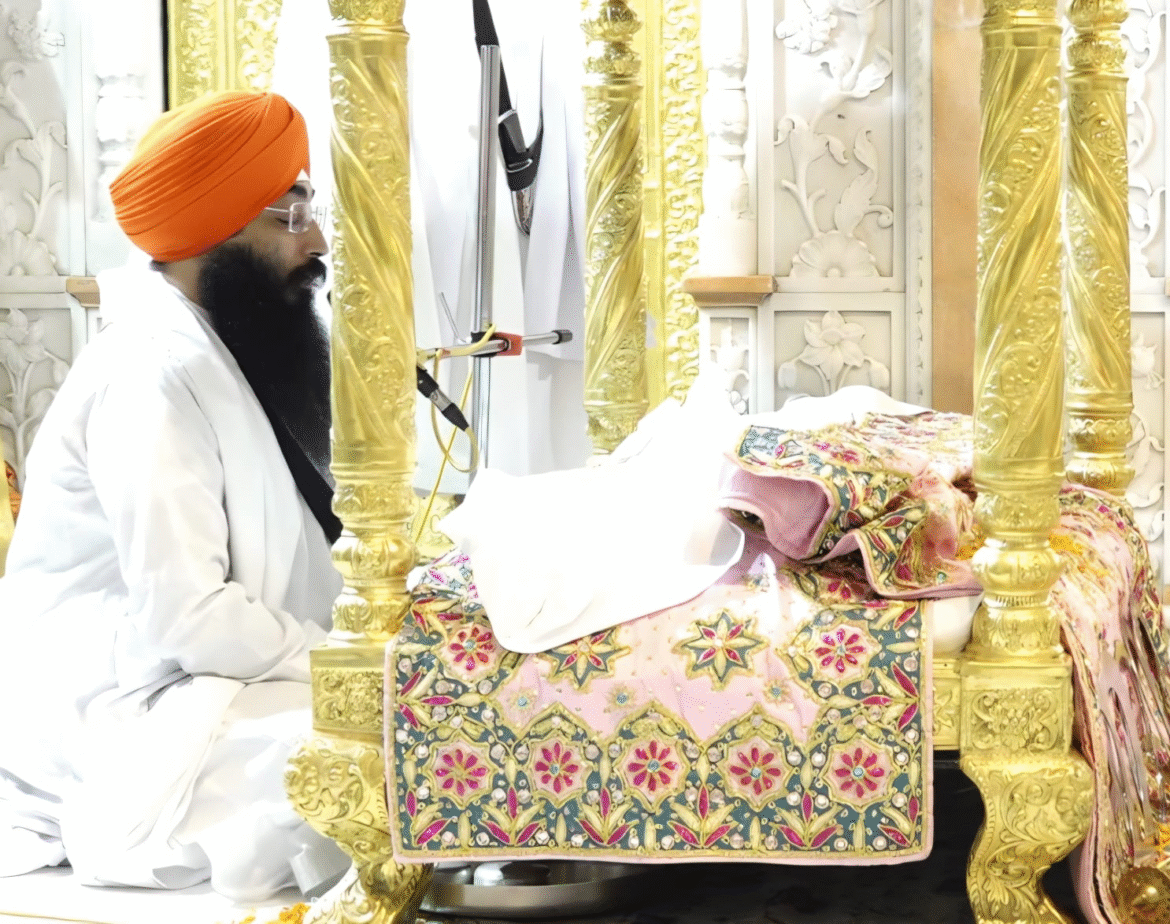AI Generated Summary
- The festival of Dussehra holds special significance for followers of the Hindu religion, as it marks the day when Lord Rama killed the king of Lanka, Ravana, and rescued Goddess Sita from his captivity.
- Across the country, for nine days, Ramlila is performed, and on the tenth day, which is Dussehra, effigies of Ravana, Kumbhakarna, and Meghnath are burnt, symbolizing the end of evil.
- On the day of Dussehra, after the worship of weapons, the rituals conclude.
The festival of Dussehra holds special significance for followers of the Hindu religion, as it marks the day when Lord Rama killed the king of Lanka, Ravana, and rescued Goddess Sita from his captivity. Since then, this day has been celebrated in Hinduism as the victory of good over evil. Across the country, for nine days, Ramlila is performed, and on the tenth day, which is Dussehra, effigies of Ravana, Kumbhakarna, and Meghnath are burnt, symbolizing the end of evil.
However, very few people are aware that while Dussehra is of great importance in Hinduism, it also holds its own unique significance in Sikhism.
This tradition has been followed since the time of the tenth Sikh Guru, Guru Gobind Singh Ji. During the monsoon season, weapons would get rusty. Following Guru Ji’s instructions, Sikhs would clean their weapons over nine days and worship them on the tenth day (Dussehra). A special Khalsa court (gathering) was held, where teams were formed for Gatka (traditional martial arts) competitions, and the skills of weaponry were showcased. Even today, this tradition continues at Takht Sri Hazur Sahib. Sikhs from across India and abroad, including Nihang groups, gather there. Events like Gatka demonstrations, Kirtan congregations, and community kitchens (Langar) are organized.
Similarly, at Takht Patna Sahib, the birthplace of Guru Gobind Singh Ji, the Chandi di Var is recited for nine days. On the day of Dussehra, after the worship of weapons, the rituals conclude.
The Chandi di Var is mentioned in the Dasam Granth. Guru Sahib referred to the sword as Chandi, as Goddess Durga used this very sword to kill the demon Bhasmasur. By writing the Chandi di Var, Guru Gobind Singh Ji conveyed a powerful message — its recitation even today instills strength.
At that time in Hindu society, women were considered inferior to men. Despite worshiping Goddess Durga for nine days, atrocities against women were common. Widows were often forced to be burnt alive on their husband’s funeral pyres. Guru Ji went against this practice and gave women equal rights, even including them in his army and training them in warfare. As proof of this, many women showcased their martial prowess and fought bravely on the battlefield, leaving enemies in awe.




